What if your platform could suggest the perfect meal before a customer even asked? With customer behavior prediction, food delivery apps are shifting from just being fast to being truly personal. Customer behavior prediction offers the right thing at the right time to the right person.
That’s where a well-built personalized food recommendation system makes all the difference. Leading delivery platforms are already applying customer behavior prediction for food recommendations to boost order value and keep users coming back.
A recent global survey by statista, found that 55% of consumers trust AI to handle product recommendations and information before they buy. That trust is now driving serious innovation in how food apps serve their users.
If you’re wondering how to predict customer behavior, this blog breaks it down, covering the top customer behavior prediction models for food delivery and proven predictive modeling for customer behavior strategies.
How Does Customer Behavior Prediction Work in Food Delivery?
Building a smart food delivery app today requires more than just accurate order processing. It’s about anticipating what the customer wants before they even open the app. That’s where predictive analytics in delivery comes in. This technology powers the ability to forecast customer needs in real time. Here is a full walkthrough of how it works, from behind-the-scenes data processing to the personalized experience users see on screen.
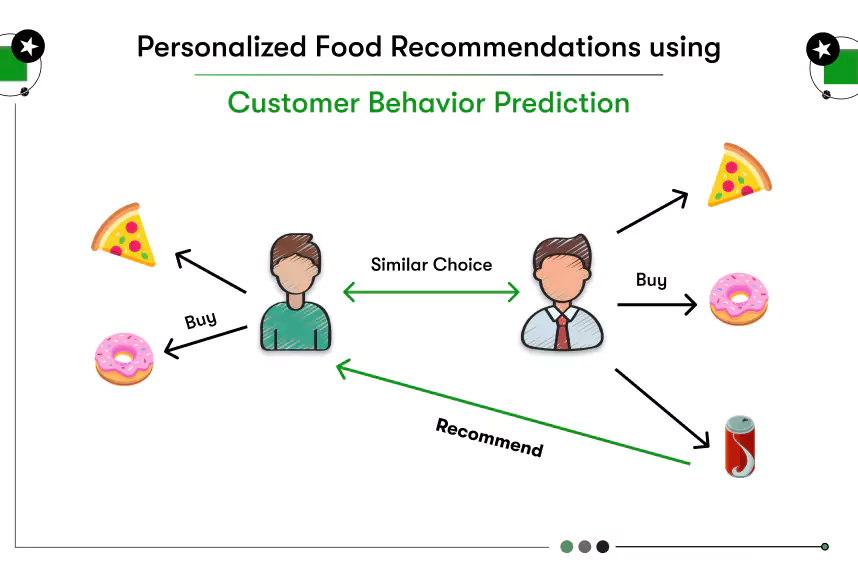
Backend
Customer Behavior Prediction starts with collecting the right data
- Every user interaction creates valuable signals. These include searches, time of order, cuisine preferences, repeat frequency, and delivery address patterns.
- This behavior data is captured directly through the app and forms the foundation for your customer behavior prediction system.
Clean and structure the data for modeling
- Raw data must be cleaned before it becomes usable. This includes removing duplicates, correcting errors, and handling missing information.
- Once clean, you extract patterns like “orders vegetarian meals during lunch” or “orders desserts after 9 PM.”
- These patterns support accurate predictive modeling for customer behavior.
Segment your customers into behavioral groups
- Not every customer orders the same way. Some are daily users, while others only respond to discounts or time-based offers.
- Segmenting users allows the model to deliver more accurate results.
- These segments drive the performance of your personalized food recommendation system.
Train machine learning models to find patterns
- At this stage, the system begins learning from the historical data.
- Models like collaborative filtering or time-based algorithms are trained to identify what each user is likely to do next.
- These models predict customer behavior with increasing accuracy as more data comes in.
Build the recommendation engine for real-time output
- The recommendation engine uses model outputs to rank meals or offers based on relevance.
- Predictive analytics analyses user history, time of day, item availability, and location.
- This is how customer behavior prediction for food recommendations functions in real-time.
Frontend
Display menus that feel personal to each user
- When users open the app, they see food options based on their recent orders, preferences, and active time slots.
- This is not a static menu. It is a curated experience powered by the personalized food recommendation system.
- The goal is to reduce decision fatigue and increase conversions.
Deliver smart, targeted offers that match behavior
- Discounts and promos become more relevant when based on behavior.
- For example, if a user typically orders a sandwich at 1 PM, a lunch deal prompt can be triggered at 12:45.
- This use of predictive modeling for customer behavior boosts engagement and loyalty without manual targeting.
Learn continuously from every user action
- Every order, skip, or menu click updates the user profile.
- The system refines its predictions and personalizations based on real-time feedback.
- This continuous learning improves the accuracy of your customer behavior prediction model for food delivery.
Customer behavior prediction is not a plugin or a one-time feature; it’s a system that must be designed, trained, and continuously improved. Effective food delivery mobile app development integrates this predictive system deeply, turning every user interaction into a personalized opportunity to drive retention, increase order value, and build long-term loyalty.
This is how modern food delivery platforms create competitive advantage, not just convenience.
How Customer Behavior Prediction Is Redefining Personalized Food Recommendations
The concept of food personalization has changed dramatically, and customer behavior prediction now plays a central role in how modern delivery platforms adapt to individual needs in real time.
Personalized food is evolving with predictive intelligence.
Food delivery platforms have moved beyond recommending meals solely based on previous orders. Traditional systems that repeated past customer choices built the early foundation of customer behavior prediction.
Such approaches are no longer sufficient in 2025 because consumer preferences change with daily circumstances.
Modern personalization requires real-time context.
A customer who completes a workout may now prefer a protein-rich meal instead of the salad ordered last week.
Today, successful food delivery systems must respond to the current situation, not past behavior.
Advanced systems integrate external data sources.
Leading brands use data from fitness apps, sleep trackers, and calendar events to inform a personalized food recommendation system.
This integration enables the system to adapt quickly by analyzing data that reflects current energy levels, mood, and schedule.
Predictive modeling for customer behavior drives dynamic recommendations.
Algorithms assess factors such as time of day, geographic location, and recent activity to predict customer behavior. The outcome is a set of meal suggestions that match what a customer needs right now.
Food delivery brands that invest in real-time adaptation will build stronger trust and higher order value.
The future belongs to platforms that shift from static historical data to context-sensitive, intent-driven recommendations. These brands offer a competitive edge in an ever-changing market.
This shift toward real-time, context-aware personalization marks a competitive turning point. Food brands that understand how to predict customer behavior and apply accurate demand forecasting for delivery services will lead the market, while those relying on reactive systems will struggle to keep up.
How to Predict Delivery Demand with Predictive Analytics and Real-Time Customer Behavior
The science behind customer behavior prediction is changing rapidly. Traditional methods matched users based on historical preferences, assuming that past orders would always guide future choices. That model no longer works. In 2025, personalization must respond to what the user needs in the moment—not what they liked last week.
Real-Time Personalization Replaces Static Customer Buckets
Older food delivery systems grouped users into fixed categories like “vegan,” “high-protein,” or “budget-friendly.” These categories helped simplify recommendations but ignored the timing and situation that drive real choices.
Today’s customer behavior prediction models for food delivery rely on real-time signals. These include location, device type, weather, time of day, and even recent activity within the app.
For instance, a user who often orders smoothies in the morning may be more likely to choose a hot breakfast if it is cold and raining. The system predicts that shift based on current conditions, not past identity.
This approach reflects predictive modeling for customer behavior that operates on intent and micro-moments, not static preferences.
Data Fusion: Where Lifestyle Meets Biology
Modern personalization also connects behavioral data with biometric and emotional inputs. Some platforms already integrate:
- Nutrition preferences with heart rate and sleep data from wearables.
- Purchase history with productivity and mood patterns.
- Meal timing with hormonal cycles and energy levels.
This allows a personalized food recommendation system to adjust not only to lifestyle trends but to how a customer’s body feels at the time of decision. The system begins to understand not just what a person may eat, but why they are likely to choose it.
For business leaders, this level of personalization creates an entirely new layer of accuracy in delivery demand with predictive analytics. It helps platforms anticipate food needs at the exact moment they occur, not after patterns emerge.
AI Now Shapes the Entire Food Ordering Experience
Leading platforms are beginning to use generative AI to enhance more than just recommendations. They now:
- Rewrite menus automatically based on mood, time, and energy levels.
- Generate real-time offers tailored to emotional signals or behavioral triggers.
- Adjust chatbot interactions based on recent activity, tone, and prior preferences.
This shift transforms customer behavior prediction for food recommendations into a continuous, intelligent conversation. It feels personalized, dynamic, and effortless from the user’s point of view.
As platforms embrace real-time data and emotional context, delivery demand with predictive analytics becomes more accurate and more human.
Brands that adopt these systems early will create food experiences that are not only efficient but deeply personal, leading to stronger retention and long-term customer loyalty.

Emerging AI Models Transforming Customer Behavior Prediction and Predictive Route Optimisation
Most food delivery platforms claim to offer personalization. In reality, many of them rely on outdated systems that recycle past preferences. In 2025, this is not enough to compete. The leaders in food tech and quick commerce are moving toward intelligent systems that go beyond basic recommendations.
These platforms are not only improving Predictive Route Optimization but also advancing their ability to predict customer intent, emotional state, and environmental context. New AI models can now interpret why a user skipped a product and take action in real time to prevent disengagement.
Here are the models shaping the next phase of customer behavior prediction in food delivery:
Causal AI: Finding the Real Reason Behind Customer Drop-Off
Standard analytics can tell what a user did. Causal AI goes deeper and identifies why the action occurred. If a user removes a meal from the cart, causal models analyze surrounding signals, such as price changes, visual layout, or competing items nearby.
This helps delivery platforms correct the problem before it becomes a repeat behavior. Teams building a customer behavior prediction model for food delivery can use this insight to fine-tune recommendations based on actual decision drivers.
Transformer Models: Reading and Reacting to Hyperlocal Demand
Some food apps now use transformer-based AI models that detect neighborhood-level behavioral shifts. For example, if a sudden rise in late-night protein bar orders appears in a specific area, the system promotes related products nearby without manual intervention.
These models help predict broader consumption trends and adjust recommendations region by region, allowing the platform to act ahead of demand patterns.
Graph Neural Networks: Making Group Orders Smarter
Group ordering scenarios often confuse basic recommendation engines. Graph Neural Networks (GNNs) solve this by analyzing relationships within shared accounts, family meals, and team orders.
They recognize shared behaviors, popular combinations, and repeat patterns across connected users. A personalized food recommendation system powered by GNNs can now handle multi-user preferences with the same accuracy as individual personalization.
Reinforcement Learning: Adapting to Real-Time Customer Behavior
Reinforcement learning is helping platforms adjust to user behavior continuously. Blinkit’s Recipe+ engine is one example where the system evolves with every interaction. If a user constantly skips meals with long prep times, the engine begins showing faster meal options without waiting for feedback.
This is a form of predictive modeling for customer behavior that improves silently and effectively in the background, matching users with the right meals at the right time.
These AI models are not theoretical. They are already improving engagement, reducing drop-offs, and personalizing customer journeys with precision. Delivery platforms that invest in these models will build smarter systems, respond faster to demand, and offer a level of personalization that the modern user expects in every session.
Who’s Already Doing Customer Behavior Prediction for Personalized Food Recommendations and Winning?
Let’s look at real players already using predictive modelling for customer behaviour and seeing results that go beyond the industry norm.
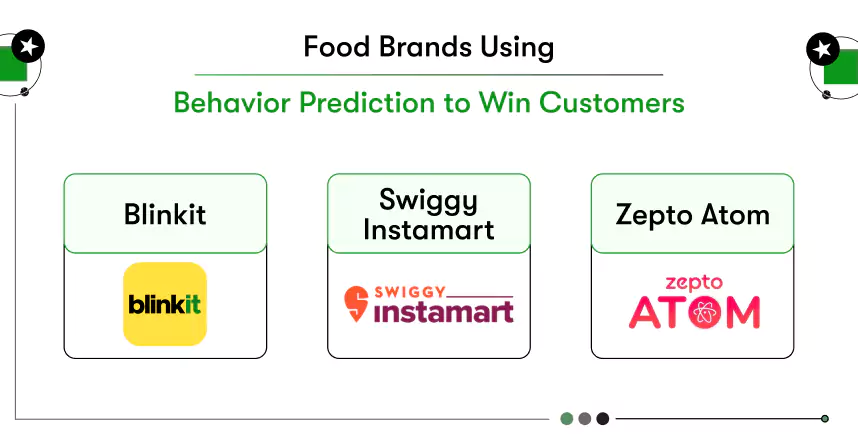
Blinkit
Blinkit’s systems now respond to environmental data in real-time. If the temperature rises or humidity spikes, the platform changes what appears in the cart. For example, cold drinks and salads are pushed higher when the weather gets hot in your area.
Their Recipe+ feature uses behaviour clusters to adjust suggestions. If a user in one cluster rejects multiple recipes with cheese, the system starts offering dairy-free options without being asked.
These are customer behaviour prediction models for food delivery applied in real life at micro levels.
Swiggy Instamart
Swiggy has launched a system called Swiggy Sense. It combines user history, nutrition goals, and fitness data to create smart grocery baskets. These baskets update automatically as the user needs to shift.
Their Neural Search AI lets users type natural phrases like “post-workout snacks.” The system understands the intent and gives hyper-specific results based on that request.
This is what happens when a brand truly learns how to predict customer behaviour without friction.
Zepto Atom
Zepto’s AI engine goes beyond the individual. It predicts behaviour across entire neighbourhoods, using time-of-day trends and local purchasing shifts.
Brands can access this as a predictive API. They can adjust their product offerings or promotions based on hyperlocal behaviour, not general assumptions.
This adds a new layer to personalised food recommendation systems, making them context-aware at the city-block level.
Stealth QSR-Tech Startups and Dark Kitchens
Some stealth-mode kitchen platforms are testing what few others are trying, which is taste fatigue prediction.
These systems track if a user has ordered too many tomato-based meals or if they’re repeating carb-heavy dinners. When patterns become repetitive, the system suggests something fresh, restoring novelty.
Top companies who are using dark kitchen-based customer behaviour prediction go deeper than what most brands are measuring. It looks at emotional food patterns and prevents user drop-off before it happens.
The Food Industry Trends That Are Quietly Redefining the Future
The next phase of customer behaviour prediction for food recommendations will not look like what most brands are building today. These trends are early signals of where user expectations and technology are heading. Acting on them now gives you a long-term edge.
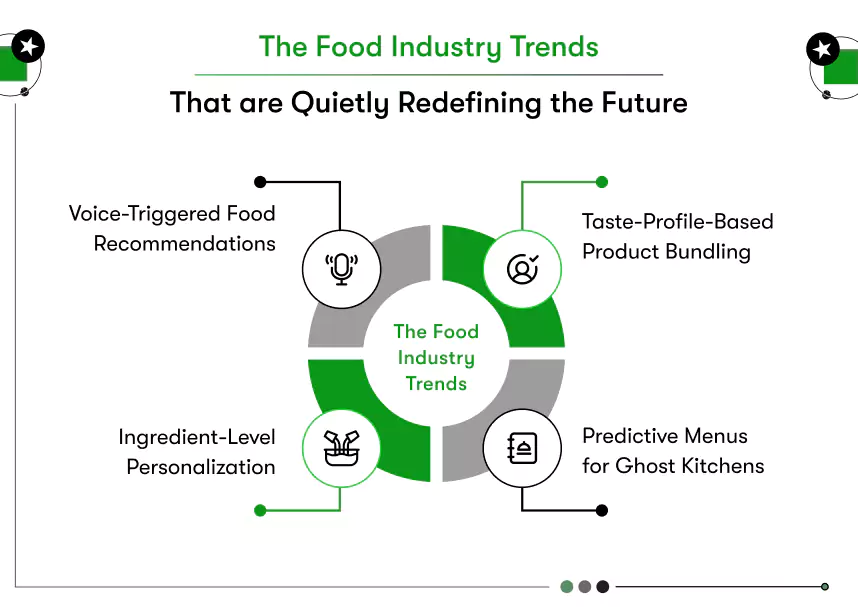
1: Voice-Triggered Food Recommendations
Smart assistants and voice-first devices are becoming key entry points for food decisions. Predictive systems need to connect with voice to capture early signals like mood or hunger before the user even opens the app.
Let’s say if a user says, “I need something light for lunch” to their smart speaker. Your system responds by pulling up low-calorie, high-energy recipes in their kitchen display. That’s customer behaviour prediction triggered by voice, not clicks.
2: Ingredient-Level Personalization
The future of personalisation goes beyond meals. AI will predict which ingredients a user is likely to need next based on past patterns, health goals, and real-time activity. This supports smarter grocery baskets and better upselling.
For example, If someone often buys quinoa and chickpeas, the system might suggest tahini and lemons before they run out. This creates a full Mediterranean meal flow without the user asking. The model understands cooking behaviour and anticipates ingredient needs.
3: Taste-Profile-Based Product Bundling
Next-gen systems will group products based on taste, texture, and emotional triggers, not just brand or price. This makes bundles feel more intuitive and relevant, especially when matched with personal moods or cravings.
For example, a user who prefers crispy textures and tangy flavours gets a bundle of baked chips, citrus drinks, and vinegar-based dressings. These are grouped not by category but by shared sensory preferences. This approach turns basic bundles into emotionally intelligent offers.
4: Predictive Menus for Ghost Kitchens
Cloud kitchens are moving toward real-time, adaptive menus. AI adjusts dish availability based on predicted demand, user behaviour, and hyperlocal trends. This keeps operations lean and improves order volume.
For example, during a rainy afternoon, soup orders spike in one city zone. The system immediately pushes broth-based dishes to users nearby while deprioritising cold items. The kitchen adapts its live menu and prep schedule to match demand without manual input.
So, these are the food industry trends that are affecting the food business, and you definitely need to take them into consideration if you are a decision-maker.
Final Words
To stay ahead in customer behaviour prediction and food personalisation, brands need more than just data. They need systems that understand context, intent, and change. From causal models to real-time behavioural engines, the future belongs to platforms that can predict what users want before they ask.
At Kody Technolab, we help food businesses build exactly that. Our delivery predictive analytics consulting services and software solutions are designed to support advanced customer behaviour prediction for personalised food recommendations, as well as broader predictive use cases in food delivery. If you’re ready to move from static personalisation to real-time intelligence, we’re ready to build it with you.

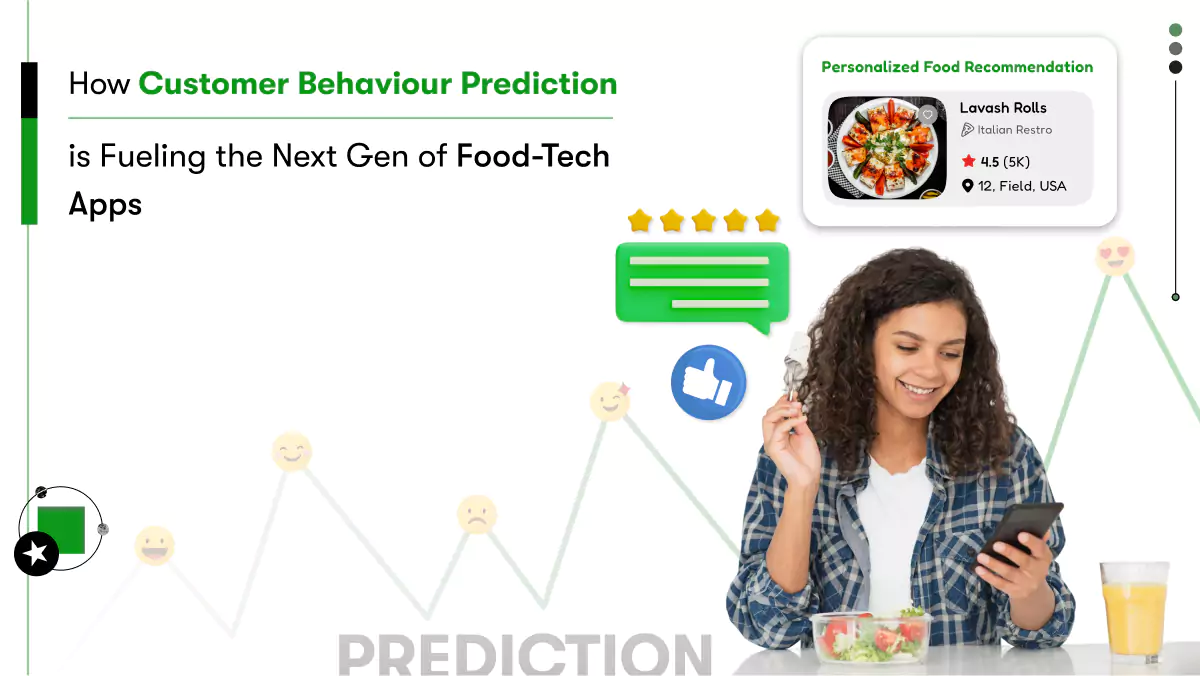
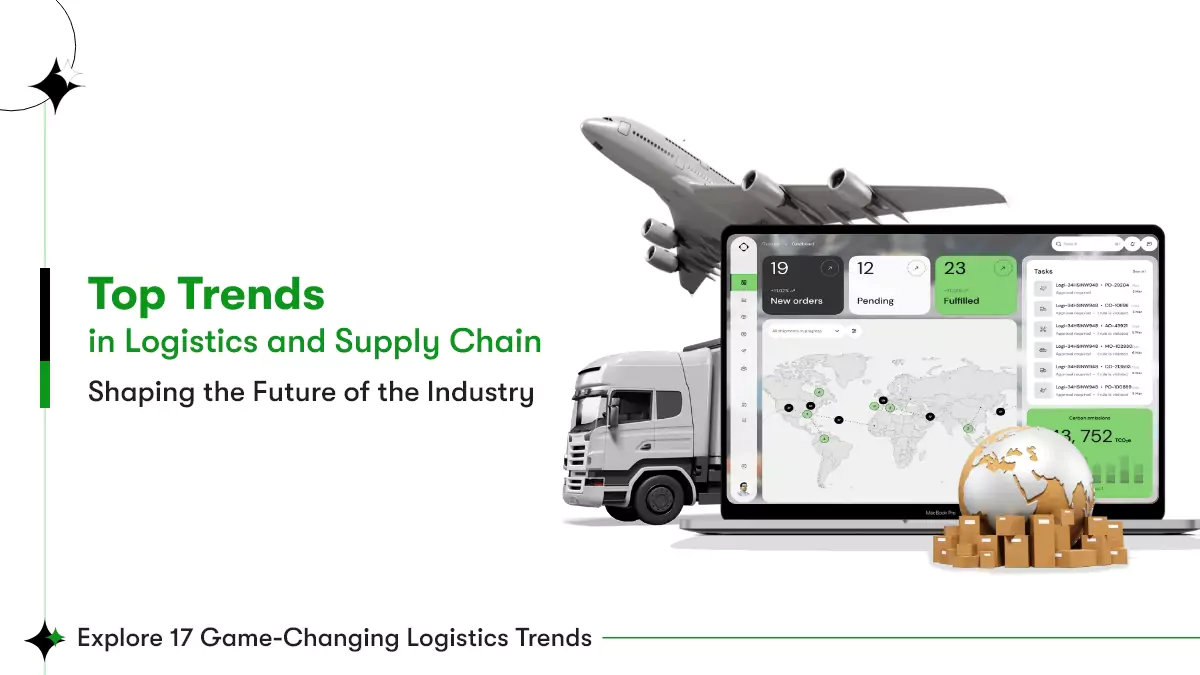
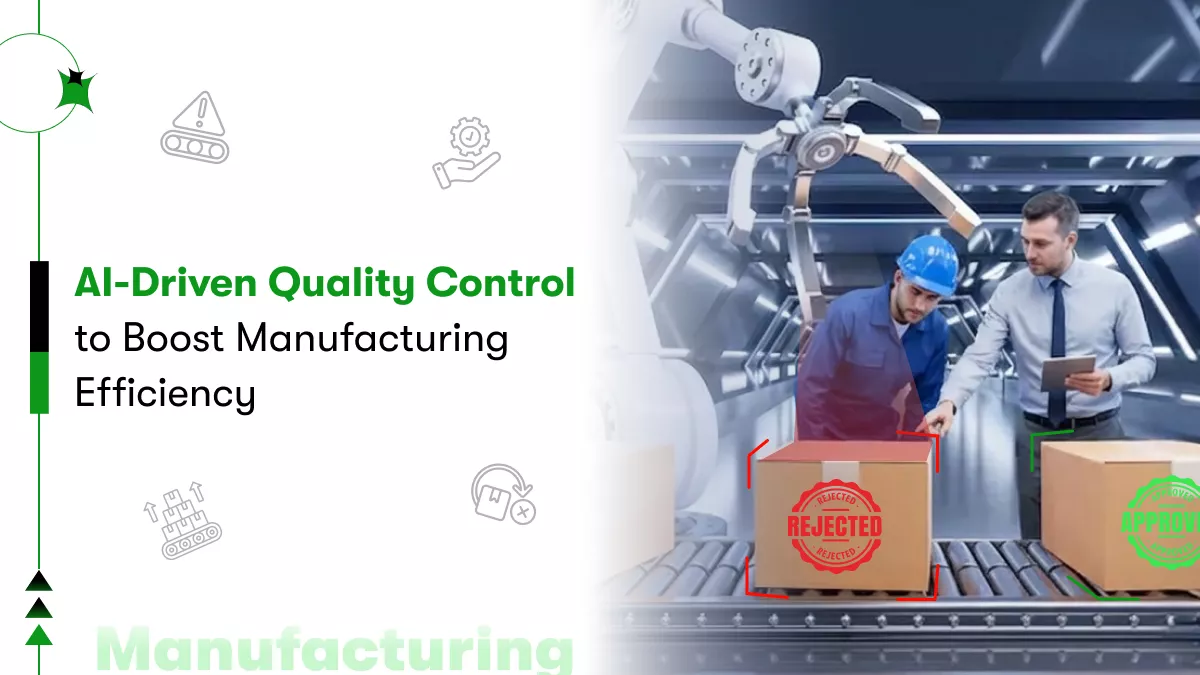
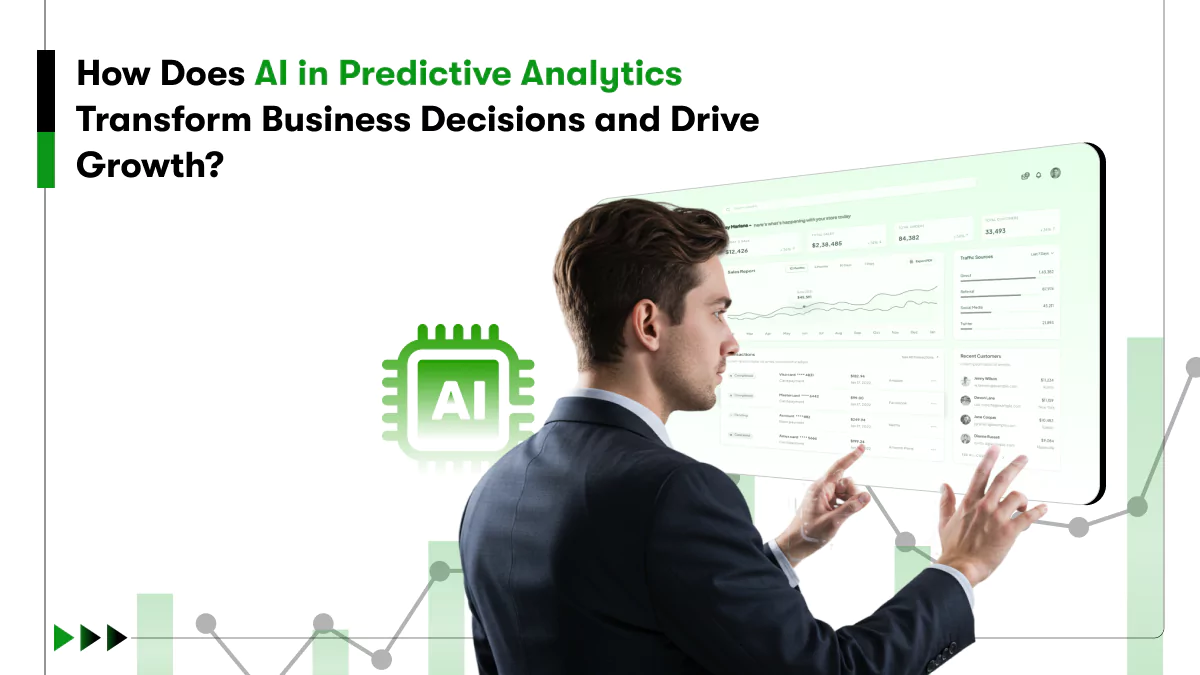
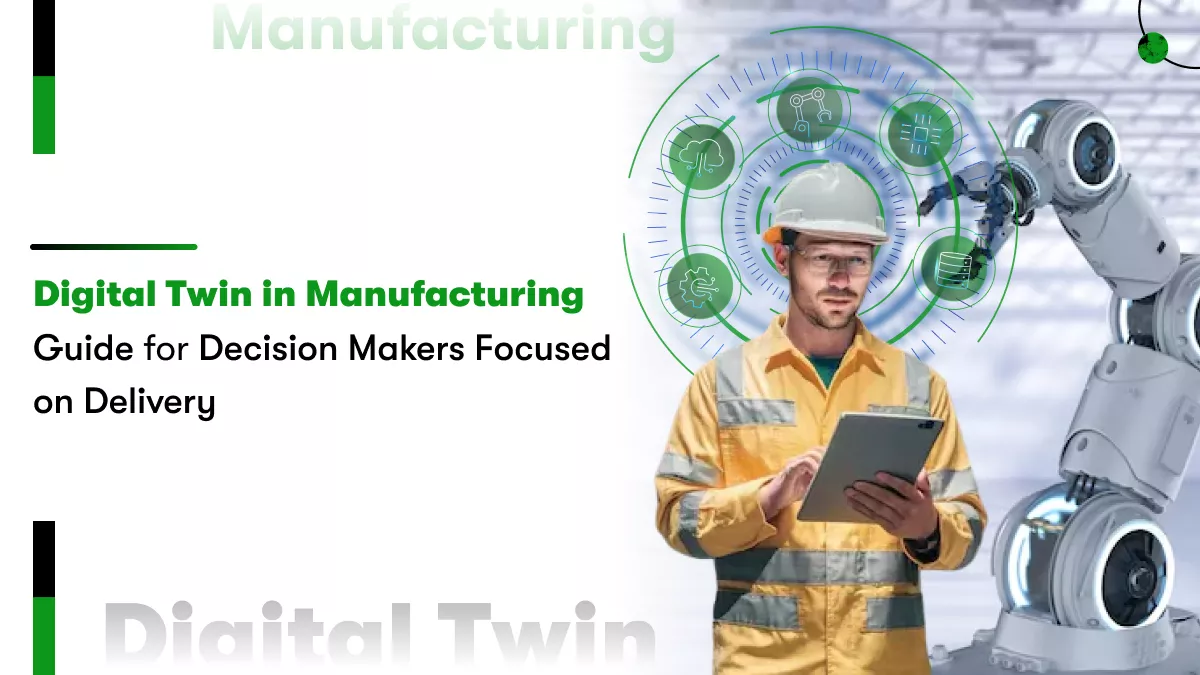
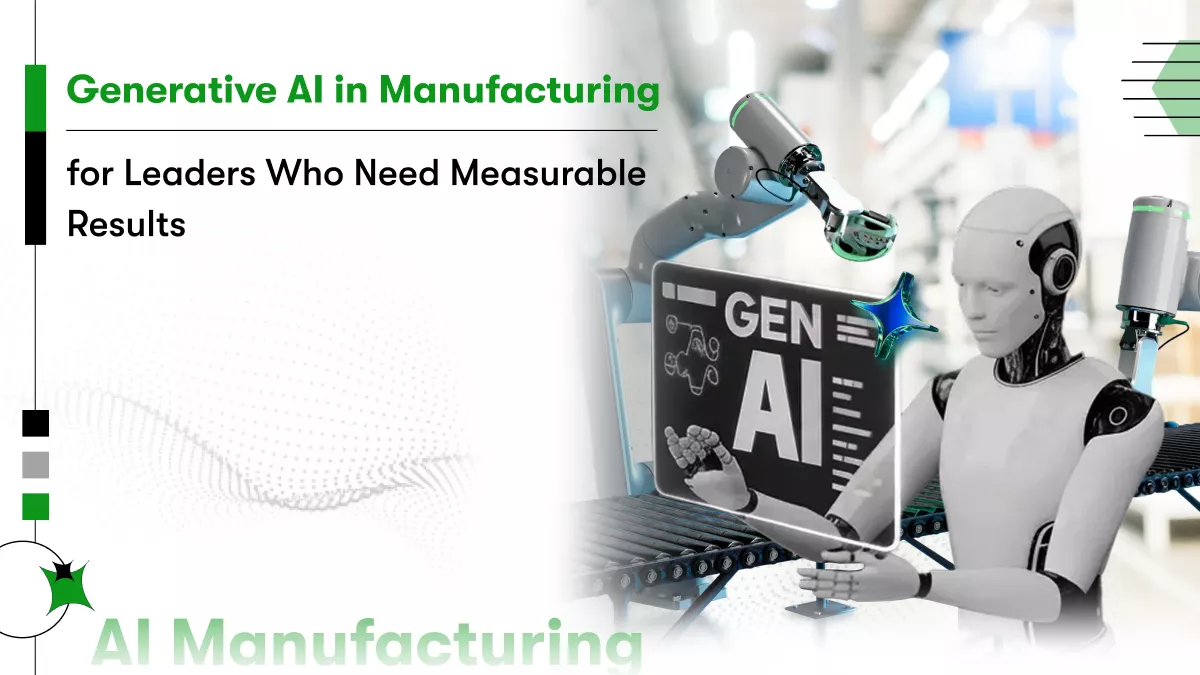






 Contact Information
Contact Information